Some of the confusing aspects of digital recording is whether to select 32-bit float over 24-bit as the resolution for recording. There are recordings software that supports both 32-bit float and 24-bit depth (for example Audacity and Sony Sound forge). There are also recording software that does not have 24-bit but only offers 32-bit float recording as an equivalent of 24-bit recording (for example Adobe Audition). There is a lot of questions behind this topic that beginners would like to ask, for example:
1.) Is 32-bit “float” the same as 32-bit recording?
The answer is no. 32-bit recording is 32-bits fixed point (not using float system) while a 32-bit float has a 24-bit resolution with additional 8 bits for headroom/dynamic range. For example Sony Sound forge differentiates these two clearly when you are creating a new recording project (File – New); see screenshot:

The 32-bit (IEEE float) is the 32-bit float bit depth.
2.) Is 32-bit float in recording software is essentially the same as 24-bit recording?
Yes. For example in Adobe Audition, you cannot directly set a 24-bit depth recording. Instead they have a 32-bit float. After converting analog to digital data using your audio interface (for example sound card); Adobe Audition will be storing these recordings in 32-bit float format in your computer hard disk drive but the resolution is still 24-bits. To get the most quality out of your recordings, set your audio interface to record at the highest supported bit depth (which should be 24-bits and NOT 16-bit). As of this time, 32-bit sound cards are not commercially available; however most decent sound cards and audio interfaces now support 24-bit depth resolution during recording.
In the ADC (Analog to digital converter), the analog audio is sampled at 24-bits (if configured at this bit depth). The output of the ADC is then feed to Adobe Audition (or other recording software if configured to record at 32-bit float) which will be storing digital information in 32-bit float format instead of pure 24-bits. You can visualize it as follows:

What is a 32-bit floating system and how it works?
One of the most common 32-bit floating system format used is the IEEE 754-1985. It is why you commonly see the abbreviation (IEEE) besides the 32-bit specification. This signifies it is using a floating point system. Below is how the 32-bit floating system is organized:

It consists of a sign (which tells whether the value is negative or positive); an 8-bit exponent and a 23-bit mantissa. During digital audio processing (effect plug-ins, etc); the recording/mixing software will do intensive and complex numerical calculations internally. With 32-bit float, the result of calculations during effect processing will not result to truncations or rounding errors of digital data because complex results can be represented by the 32-bit floating binary. It is the reason why most digital audio workstation software works internally at 32-bit float to get the best quality out of effects processing and mixing. To understand the conversion process between 32-bit float to decimal, download this 32 bit float to decimal Excel calculator.
Using the spreadsheet, a 32-bit digital audio data such as:
10111110010110000000000000000000 is equivalent to -0.2109375.
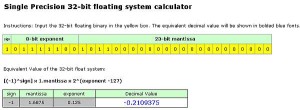
Converting 32-bit float binary to decimal is using this formula:
[(-1) ^sign] x 1.mantissa x 2^ (exponent -127)


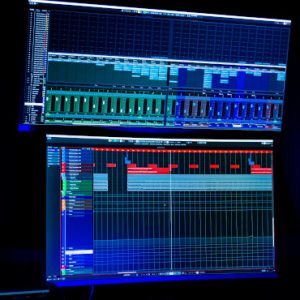
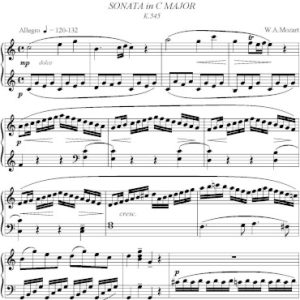
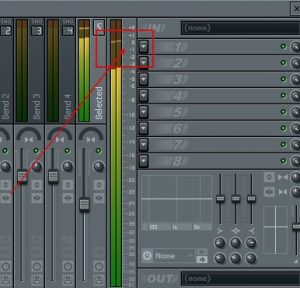

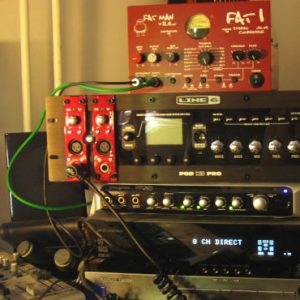

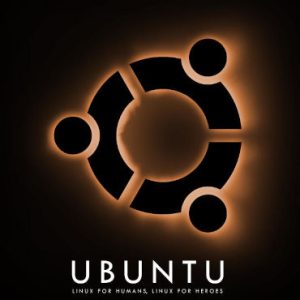
One response
I think that the SNR of the data format itself, i.e. relationship of the loudest to quietest signal in a mix, is much greater in float: >600 dB. An entirely separate point is that practical analogue-to-digital interfaces cannot exceed 120 dB or 20 bits. But nothing prevents one from adding two signals at extremely differing amplitudes. Or storing the recording from a hypothetical high dynamic range ADC.
In a 32-bit _mixer_, the dynamic range is limited by the mantissa, but as a _storage_ format, float can make use of the exponent to encode much greater range of values (mixed into at => 48 bits). It is possible to have an extremely quiet fadeout, for example. In practice, nobody can hear even 16 bits of dynamic range, but one can adapt over time to quieter sounds. Float allows to represent both cases with good precision using fewer bits than fixed point – both situations are not required to share – and under-utilize – the same range.
I am a user of Sonic Foundry Sound Forge 7.0 and a fan of older, yet capable software. They introduced very limited support for float in Version 5. The version I have is able to open floating point data with amplitudes exceeding full scale, make razorblade edits, pass data to DirectShow plugins (such as iZotope Ozone, or RX Declipper) and receive it from them, and multiply the level with graphic fade. Other functions, such as mix, crossfade or simple gain do clip.
You can verify the precision of 32-bit float the following way – and that it is not “internal” to the DAW – : multiply any recording with extreme negative gain (using graphic fade), apply it multiple times by holding shift, to below 144 decibels, so that the waveform in Sound Forge is a flat line. Copy and paste another recording with peaks at or above full scale into the same data window. Save the floating point file to disk. Load the file into another program with a floating point signal path, such as the audio player foobar2000 or Reaper, and experiment with gains +/- 150 dB. Both the extremely loud and the quiet – flat line – sections will play without clipping or noise, but can of course not be heard at the same time.
An efficient archival format for floating point data is WavPack. A number of popular DAWs and media players support it. In addition to lossless compression, WavPack allows to apply variable amount data reduction: a hybrid lossy mode at a bitrate chosen by the user, or flat quantization to 20 or 24 bits. Both modes preserve overs; hybrid lossy mode also preserves full range.